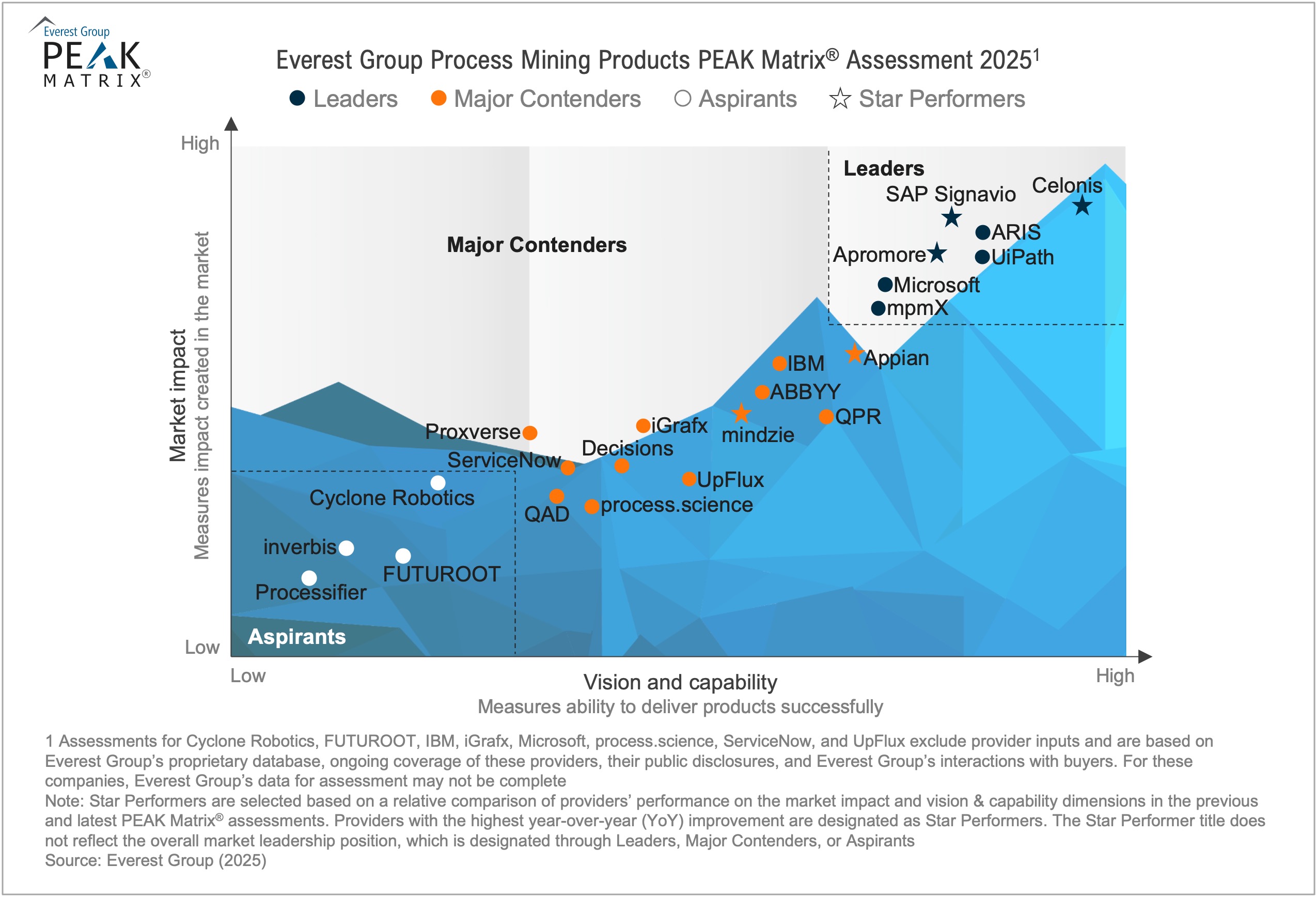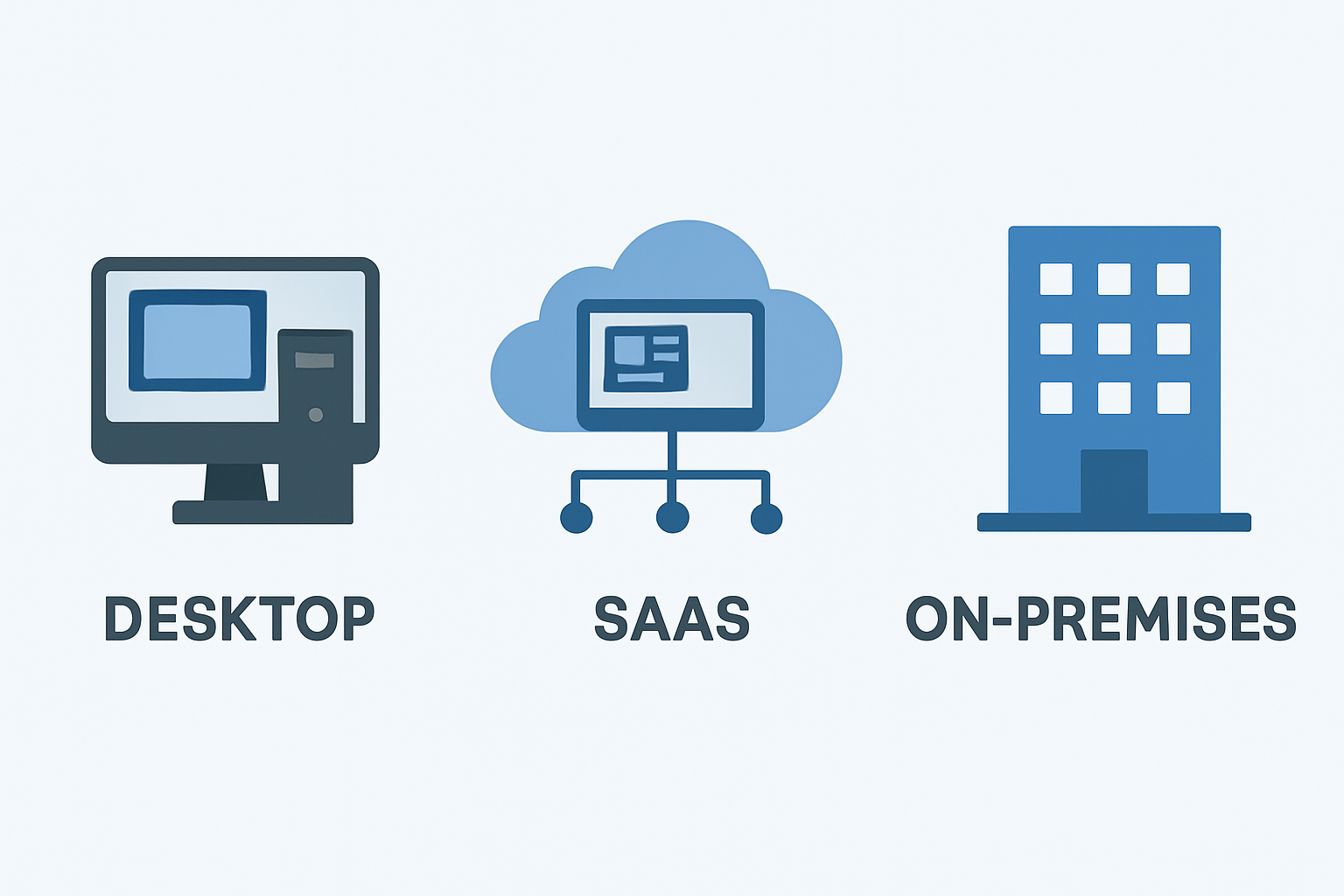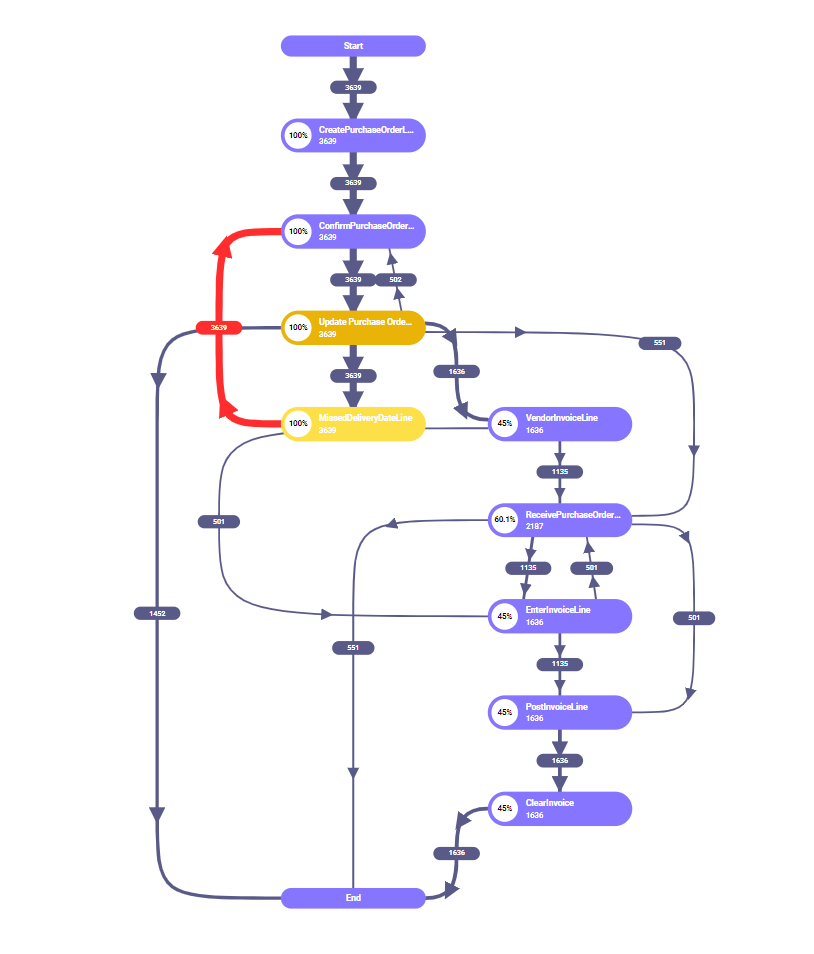Top Benefits of Process Mining: Optimize, Analyze, Automate
Did you know that inefficiencies in business processes cost organizations up to 30% of their annual revenue? This staggering statistic highlights a challenge many companies face: a lack of visibility into how their processes truly operate. Despite investing in advanced systems, businesses often struggle with bottlenecks, redundancies, and compliance issues that hinder growth and profitability.
In this article, we’ll explore the fundamentals of process mining, its top benefits, and how it compares to related technologies like task mining and intelligent automation. You’ll also discover why investing in process mining software is a smart move for businesses seeking operational excellence and a competitive edge in today’s fast-paced market.
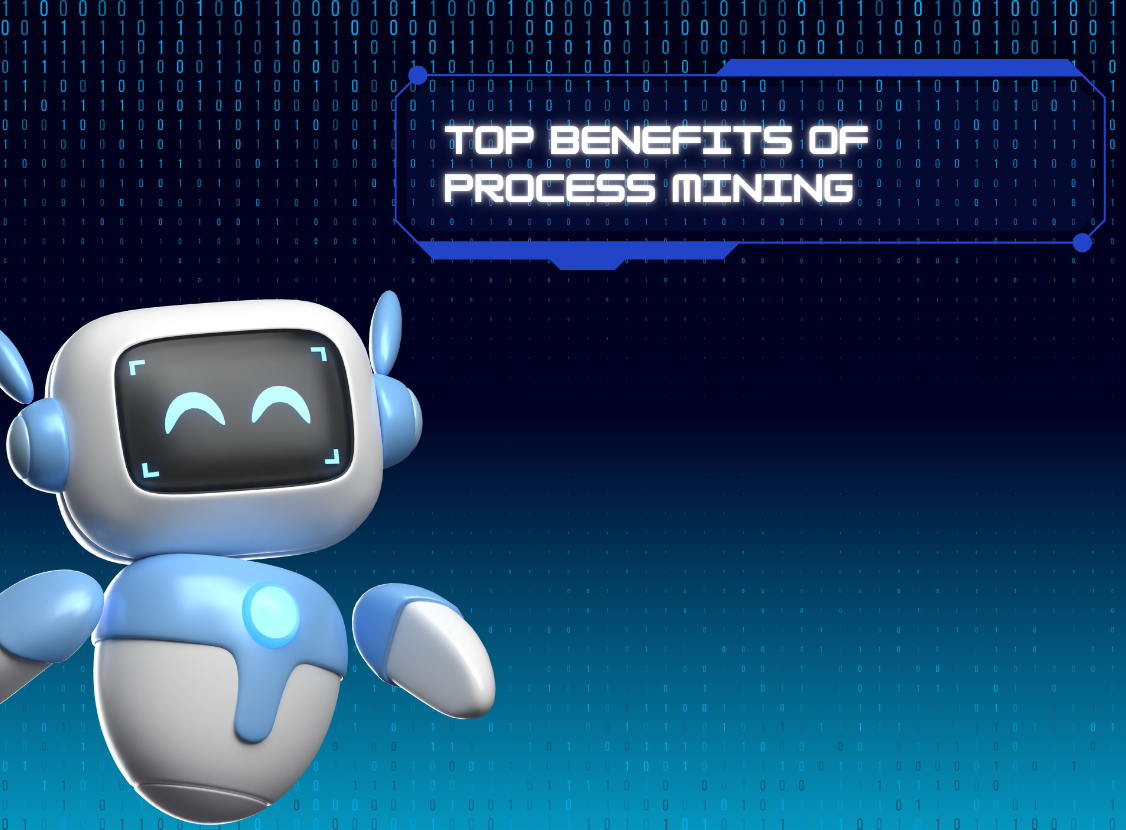
What Is Process Mining?
Process mining is a data-driven technique that analyzes and visualizes how business processes are actually performed by extracting information from event logs in your IT systems. Unlike traditional process analysis methods, which rely on interviews or manual observations, process mining provides a clear and objective picture of workflows, uncovering inefficiencies, deviations, and improvement opportunities.
At its core, process mining answers questions like:
- Are processes being followed as designed?
- Where are the bottlenecks or delays?
- What steps can be automated or optimized?
Real-World Examples of Process Mining in Action
- Manufacturing:
Manufacturers use process mining to optimize production lines by identifying delays or unnecessary steps in assembly processes. This leads to reduced production costs and faster delivery times. - Banking and Finance:
Banks leverage process mining to ensure compliance with regulatory standards and streamline customer onboarding processes, saving time and avoiding penalties. - Healthcare:
Hospitals and clinics use process mining to improve patient care by analyzing treatment workflows, reducing wait times, and enhancing resource allocation. - Retail and E-Commerce:
Retailers apply process mining to optimize supply chains, ensuring timely product deliveries and improving inventory management. - Telecommunications:
Telecom companies utilize process mining to improve customer service workflows, such as resolving complaints or managing service outages more efficiently.
Process mining is a universal tool that adapts to any industry relying on structured processes and data. Whether you’re managing patient care, financial transactions, or product delivery, process mining helps turn inefficiencies into opportunities for improvement.
Top Benefits of Process Mining Software
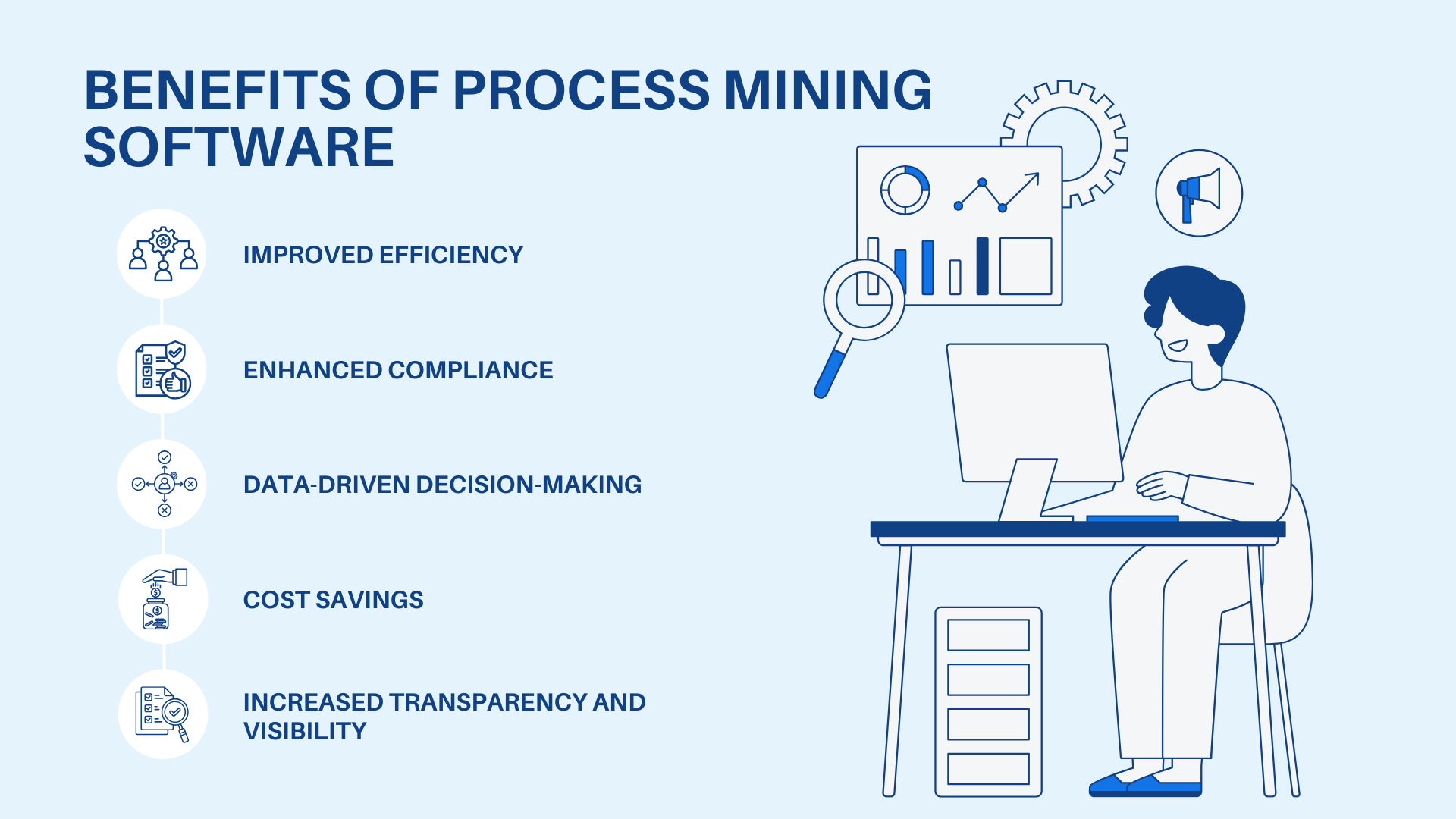
- Improved Efficiency
Process mining helps identify inefficiencies in workflows, such as bottlenecks, redundant steps, and slow task execution. By visualizing the actual process flow, organizations can streamline operations, remove unnecessary steps, and automate repetitive tasks.
Example:
A manufacturing company used process mining to identify and eliminate delays in its supply chain. By optimizing the flow, they reduced lead time by 30%, increasing overall production efficiency.
- Enhanced Compliance
Process mining ensures that business processes adhere to regulatory standards and company policies. It highlights areas where processes deviate from compliance protocols, allowing businesses to address issues proactively.
Example:
A healthcare provider implemented process mining to ensure patient data handling complied with HIPAA regulations. The software flagged instances of non-compliance, helping the organization avoid costly fines and maintain a strong reputation.
- Data-Driven Decision-Making
Process mining provides detailed, data-backed insights that enable better decision-making. By analyzing historical process data, companies can make informed decisions to optimize processes, reduce risks, and predict future performance trends.
Example:
A financial institution used process mining to analyze its loan approval process. With data-driven insights, they streamlined the workflow, improving approval times by 25% and reducing customer complaints.
- Cost Savings
By identifying inefficiencies and automating manual tasks, process mining helps organizations reduce operational costs. These savings come from minimizing delays, cutting unnecessary steps, and freeing up resources for higher-value tasks.
Example:
A retail company used process mining to optimize its inventory management. By reducing stockouts and overstock situations, they decreased inventory costs by 20% while improving product availability.
- Increased Transparency and Visibility
Process mining offers a clear, real-time view of how business processes are actually performed. This transparency helps businesses identify discrepancies between the designed processes and real-world execution, allowing for better monitoring and control.
Example:
A telecom company leveraged process mining to gain visibility into its customer service workflows. They discovered areas where agents were underperforming and implemented training programs, resulting in a 15% increase in customer satisfaction.
- Continuous Improvement
Process mining enables a continuous cycle of process improvement by providing ongoing data on process performance. As new data is gathered, businesses can continually refine and optimize their operations.
Example:
A logistics company used process mining to continuously monitor its delivery processes. Over time, they reduced delivery times by 20% through iterative process improvements based on real-time insights.
How Can I Use Process Mining?
Process mining offers practical applications that help organizations gain valuable insights and improve their operations. By analyzing event logs from IT systems, you can uncover inefficiencies, ensure compliance, and drive cost reductions. Let’s dive into some common applications and a real-world scenario to illustrate its value.
1. Process Optimization
Process mining reveals how processes are executed in reality, allowing you to:
- Identify and eliminate bottlenecks.
- Streamline workflows to improve efficiency.
- Monitor performance in real-time and adjust as needed.
Example: A logistics company uses process mining to analyze its delivery workflow. By identifying frequent delays at specific checkpoints, they streamline communication between drivers and warehouses, cutting delivery times by 20%.
2. Ensuring Compliance
Regulatory compliance is critical, especially in industries like finance and healthcare. Process mining ensures that processes adhere to regulations by detecting deviations and flagging non-compliant activities.
Example: A bank uses process mining to audit its loan approval process. It identifies cases where approvals bypassed necessary checks, enabling corrective action to avoid regulatory fines.
3. Reducing Costs
By identifying inefficiencies, process mining helps reduce operational costs. It uncovers redundant activities, unnecessary manual interventions, and underperforming resources.
Example: A manufacturing plant leverages process mining to pinpoint stages in its production cycle that cause material wastage. Implementing automated quality checks reduces waste and saves thousands of dollars annually.
Process Mining vs. Task Mining: Key Differences
While process mining and task mining both focus on analyzing workflows to uncover inefficiencies and opportunities, they operate at different levels and complement each other in creating a complete picture of process improvement.
What Is Task Mining?
Task mining focuses on the micro-level actions taken by employees during task execution. By collecting data from user interactions (like mouse clicks, keyboard inputs, and screen recordings), it identifies repetitive tasks, inefficiencies, and opportunities for automation.
Key Use Cases:
- Streamlining employee workflows.
- Identifying tasks suitable for robotic process automation (RPA).
- Enhancing productivity by eliminating unnecessary steps.
How Do Process Mining and Task Mining Complement Each Other?
- Process mining analyzes end-to-end workflows across an organization to uncover inefficiencies at a macro level.
- Task mining dives deeper into individual employee tasks to identify specific inefficiencies within those workflows.
Together, they provide both a bird’s-eye view and a granular understanding of operational processes, enabling comprehensive optimization.
Comparison Table: Process Mining vs. Task Mining
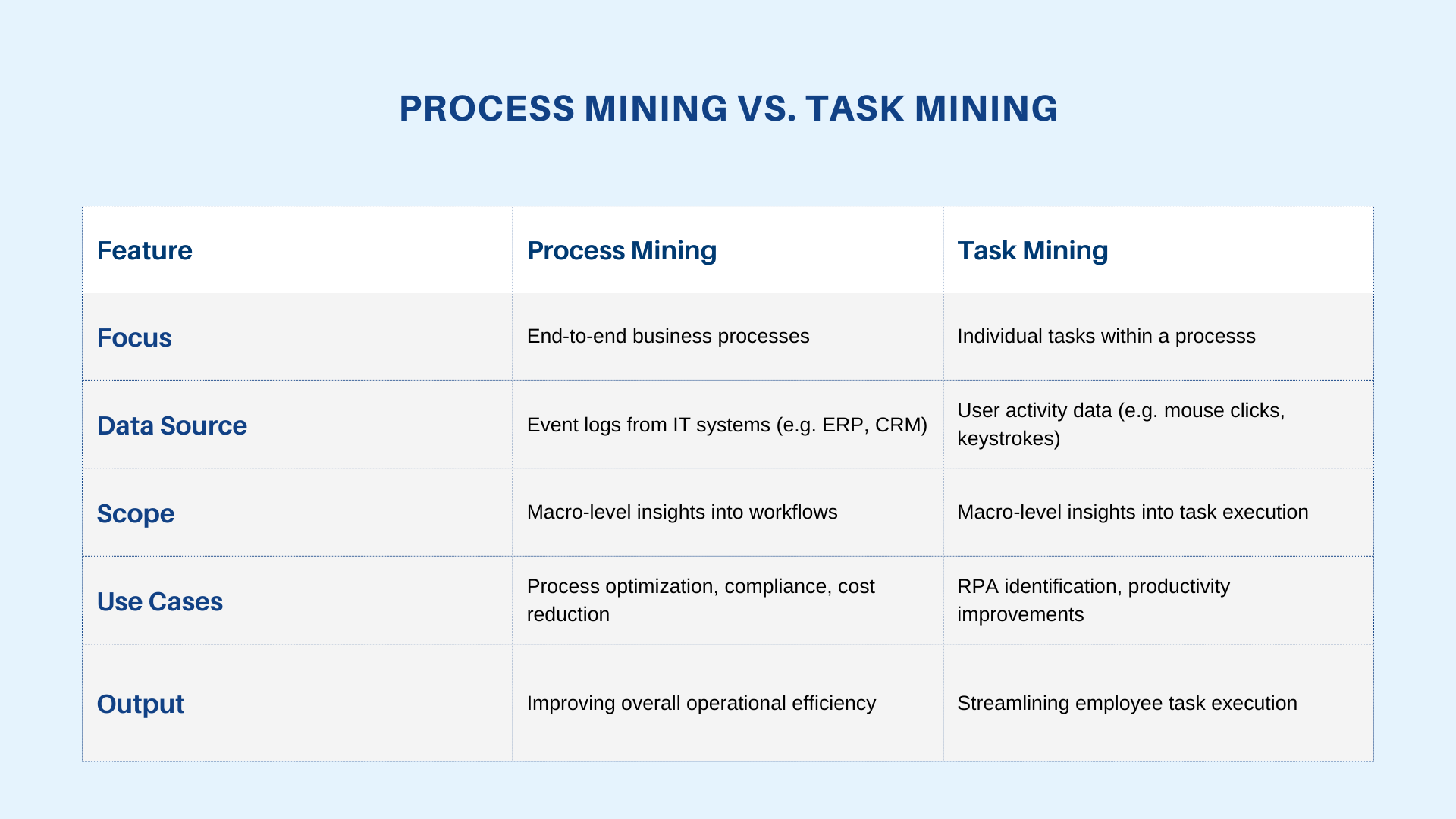
Why Should You Invest in Process Mining Technology?
In today’s rapidly evolving business landscape, organizations must continuously adapt to stay competitive. Process mining technology offers a strategic advantage by optimizing operations, driving efficiencies, and enabling data-driven decision-making. Here’s why investing in process mining is a smart decision for your business:
1. Strong Return on Investment (ROI) and Competitive Advantage
Process mining delivers measurable ROI by identifying inefficiencies and streamlining processes, resulting in time and cost savings. With a clear understanding of your business workflows, you can eliminate waste, automate manual tasks, and reduce bottlenecks. These improvements directly impact profitability, enabling companies to operate at a lower cost with higher productivity.
Example:
A leading global manufacturer invested in process mining to optimize their production line, resulting in a 20% increase in throughput and a 15% reduction in operational costs, leading to a quick return on investment.
By continuously improving processes, organizations gain a competitive edge—ensuring faster response times, higher customer satisfaction, and the ability to quickly adapt to market changes.
2. Future-Proofing Operations
As industries increasingly move toward automation and digitization, businesses must future-proof their operations by investing in technologies that enable scalability and adaptability. Process mining not only identifies current inefficiencies but also helps predict potential future challenges. By continuously monitoring and optimizing workflows, process mining ensures your organization remains resilient in the face of changing market demands or technological disruptions.
Example:
A multinational telecom company implemented process mining to monitor its customer support workflows. This proactive approach allowed them to stay ahead of evolving customer expectations and industry trends, ensuring that their operations remained agile as new technologies, such as AI-powered chatbots, were introduced.
3. Link to Digital Transformation Strategies
Process mining plays a crucial role in digital transformation efforts by providing visibility into how business processes operate in real-time. It acts as a foundation for other digital initiatives, such as automation, AI, and advanced analytics. By uncovering inefficiencies and areas for improvement, process mining supports the seamless integration of new technologies, driving digital transformation forward.
Example:
A financial services firm used process mining as part of their digital transformation strategy to enhance their claims management process. This data-driven approach led to the successful implementation of intelligent automation, reducing claims processing time by 40% and improving overall customer satisfaction.
4. Enhanced Decision-Making Through Data
With process mining, decision-makers have access to real-time, data-driven insights, enabling them to make better, more informed choices. Whether it’s optimizing workflows, adjusting resource allocation, or improving customer service, process mining empowers organizations to act on hard data, not assumptions. This level of visibility is key to staying ahead of competitors and making smart business decisions.
Example:
A healthcare provider used process mining to optimize their patient intake process. By identifying slow-moving steps and bottlenecks, they reduced patient wait times by 30%, improving both operational efficiency and patient satisfaction.
5. Accelerate Digital Transformation and Innovation
By investing in process mining, businesses not only enhance current processes but also lay the groundwork for future innovations. Whether you’re looking to introduce robotic process automation (RPA), integrate AI-driven decision-making, or implement other digital tools, process mining provides the insights needed to kickstart and guide these initiatives.
Example:
A logistics company incorporated process mining as part of their journey toward fully automated warehouses. By identifying areas ripe for automation and integrating AI-driven insights, they were able to innovate faster and stay ahead of competitors in a rapidly evolving industry.
What Process Mining Technology Can I Use?
There is a leading process mining tool available to help organizations unlock the full potential of their operations. This tools provide the technology and features needed to analyze, visualize, and optimize business processes. Here’s a look at Mindzie, a process mining software, and its key features:
1. Mindzie
Mindzie, a powerful process mining software, is designed to provide businesses with deep insights into their workflows. It offers an intuitive interface, real-time process visualization, and actionable insights for optimization.
Key Features:
- Real-Time Process Mapping: Mindzie automatically maps out end-to-end processes based on event logs, providing a visual representation of how work is actually performed.
- Customizable Dashboards: Users can create personalized dashboards for specific process metrics and KPIs.
- Advanced Analytics: AI-driven insights to identify inefficiencies and suggest improvements.
- Integration with Existing Tools: Seamless integration with ERP, CRM, and other enterprise software systems to ensure data accuracy and relevance.
- Collaboration Tools: Team collaboration features that allow stakeholders to interact with process data and make decisions together.
Use Case:
Mindzie is ideal for organizations seeking to continuously monitor and improve complex processes across industries like finance, manufacturing, and healthcare.
Conclusion
Process mining is a powerful tool for optimizing business operations, reducing costs, and improving decision-making. By providing real-time insights into processes, it helps identify inefficiencies and drive continuous improvement. Investing in process mining technology is essential for staying competitive, supporting automation, and driving digital transformation.
Tools like Mindzie, offer valuable features for real-time analysis and actionable insights, helping businesses optimize workflows and enhance productivity. Embrace process mining to unlock efficiency, reduce waste, and build a more agile, future-ready organization.
Daniel is a 20 year ventran in enterprise software sales with over 7 years experience helping businesses drive operational excellence.

